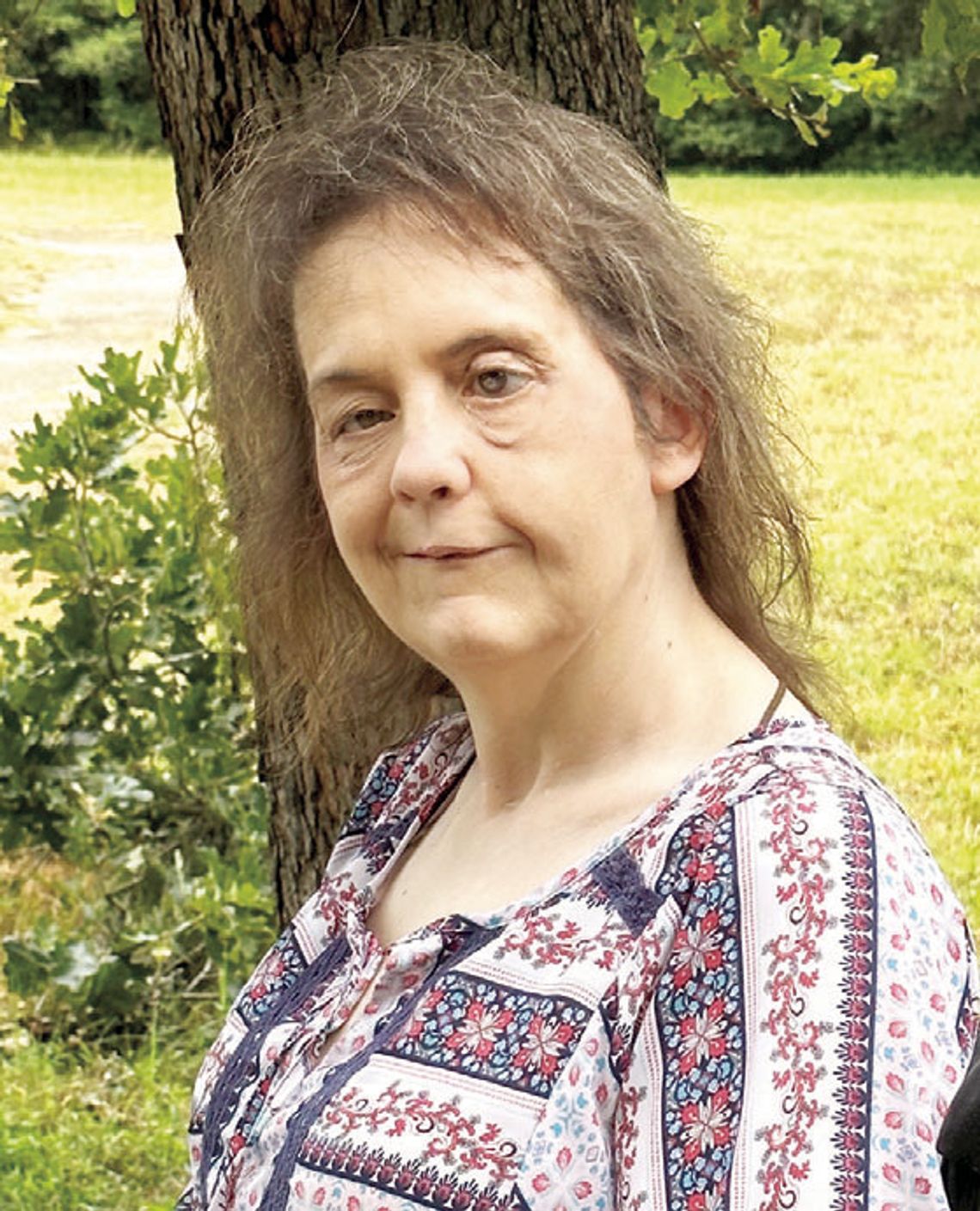When Donna Kunz, a Columbus native, was first invited to serve on the Texas Brain Injury Advisory Council in August 2019, she knew she would be able to share her experience of living with an acquired brain injury, but educating people on what it really means has been Kunz’s mission since receiving her invitation in June to serve again.
According to the Texas Health and Human Services, “An acquired brain injury is brain damage caused by events after birth, rather than as part of a genetic or congenital disorder. These include strokes, brain illness and other brain injuries.”
The Texas Health and Human Services said acquired brain injuries differ from degenerative brain conditions, such as Alzheimer’s or Parkinson’s disease.
Some of the effects of a brain injury, according to the Texas Health and Human Services are cognitive, sensory, emotional and physical. The two types of acquired brain injury the agency lists are traumatic and non-traumatic.
Traumatic brain injuries result from external forces that disrupt the normal function of the brain, according to the Texas Health and Human Services website. Falls or being struck by or against something can cause this type of brain injury, the agency notes. Some of the instances that can cause this type of injury include vehicle crashes, violence/assault including shaken baby syndrome, and even explosions, especially for military service members.
While the experience itself can have its traumatic effects, non-traumatic brain injuries are described as what occurs inside the body, such as strokes, infections, non/too little oxygen, brain tumors, exposure to toxic cleaning products and drugs, such as cocaine, according to the agency’s website.
Kunz said it took her years to figure out where she belonged after she suffered a brain bleed in 2001 while pregnant with her daughter. And though Kunz’s injury falls under the non-traumatic category, she said she never really thought she had a brain injury.
Brain injury is one of the most common, yet least talked about public health issues in Texas, according to the Texas Health and Human Services. The agency said disabilities resulting from brain injury are often not clear, causing brain injuries to be referred to as invisible conditions.
The brain bleed Kunz suffered led to her having a hemorrhagic stroke, but she was able to deliver her daughter who is now 21 years old. Kunz said she carried her daughter to 38 weeks. She weighed 8 pounds and 13 ounces.
“This month will be 22 years, and it’s amazing what you remember,” she said. “I think it’s very beneficial to just educate everyone, as many as possible.”
Prior to the incident, Kunz worked as a nurse. After being unable to physically perform her nursing duties, Kunz started volunteering, including at a school and her church, to help people become more comfortable being around someone with a condition like hers.
She pointed to a picture of her before her last procedure in November 2022 and then pointed to a picture taken at the end of June (pictured above).
“The very last thing anyone would expect for me was to open my mouth and make sense,” she said as she looked at the image from 2022. “Society in general, judges a book by its cover...it has gotten a lot better for me since my surgery.”
Before her facial surgery, Kunz said people would make assumptions about her, including thinking she was in a car accident. She laughs and says she would tell people, “I had a wreck... but it wasn’t in a car!”
Kunz’s sense of humor goes with her general perception of life.
“Life is hard, but the facts are you either win or you don’t....you have two choices,” she said.
With this in mind, Kunz feels even more geared up and ready to spread the word about acquired brain injuries and help those in rural communities who may not know about the resources available to them. She believes people living in rural areas should have the same access to resources available to those in urban communities, but she said it can be hard.
“I’m very passionate about non-acquired brain injuries in rural communities,” she said. “We have a lot of rural areas and a lot of good services, but the rural areas get forgotten about.”
Kunz represents Region 6 for the TBIAC. She said there is education and resources for people who have brain injuries, but the resources are often not used because people are not aware of them. Resources are available through the Office of Acquired Brain Injury (under the Health and Human Services Commission).
The TBIAC seeks input from brain injury survivors, family members and caregivers, and professionals to help promote brain injury awareness, education, and implementation of health promotion and prevention strategies across Texas, according to the Texas Health and Human Services website.
Kunz serves on two subcommittees that meet quarterly: the Database Review Committee and Education Awareness Services and Supports Committee.
The council held their first meeting for this term on July 17. Meetings are open to the public. A hybrid option is also available.
Kunz’s second term ends Dec. 31, 2024.
Want to learn more about Kunz’s journey? Digital subscribers can search “With faith all things are possible” to read Kunz’s story about the first time she was invited to serve on the state board.
.jpg)



